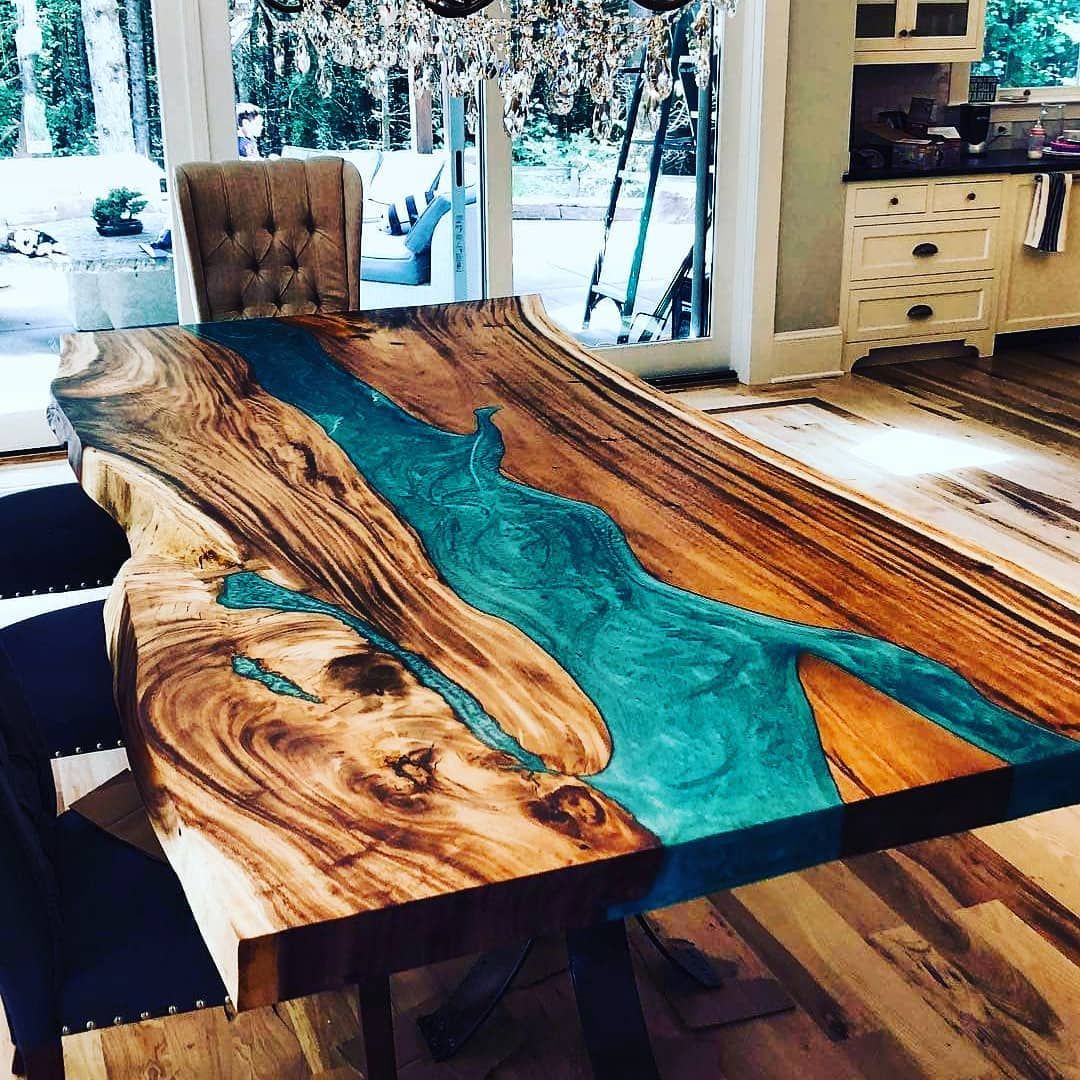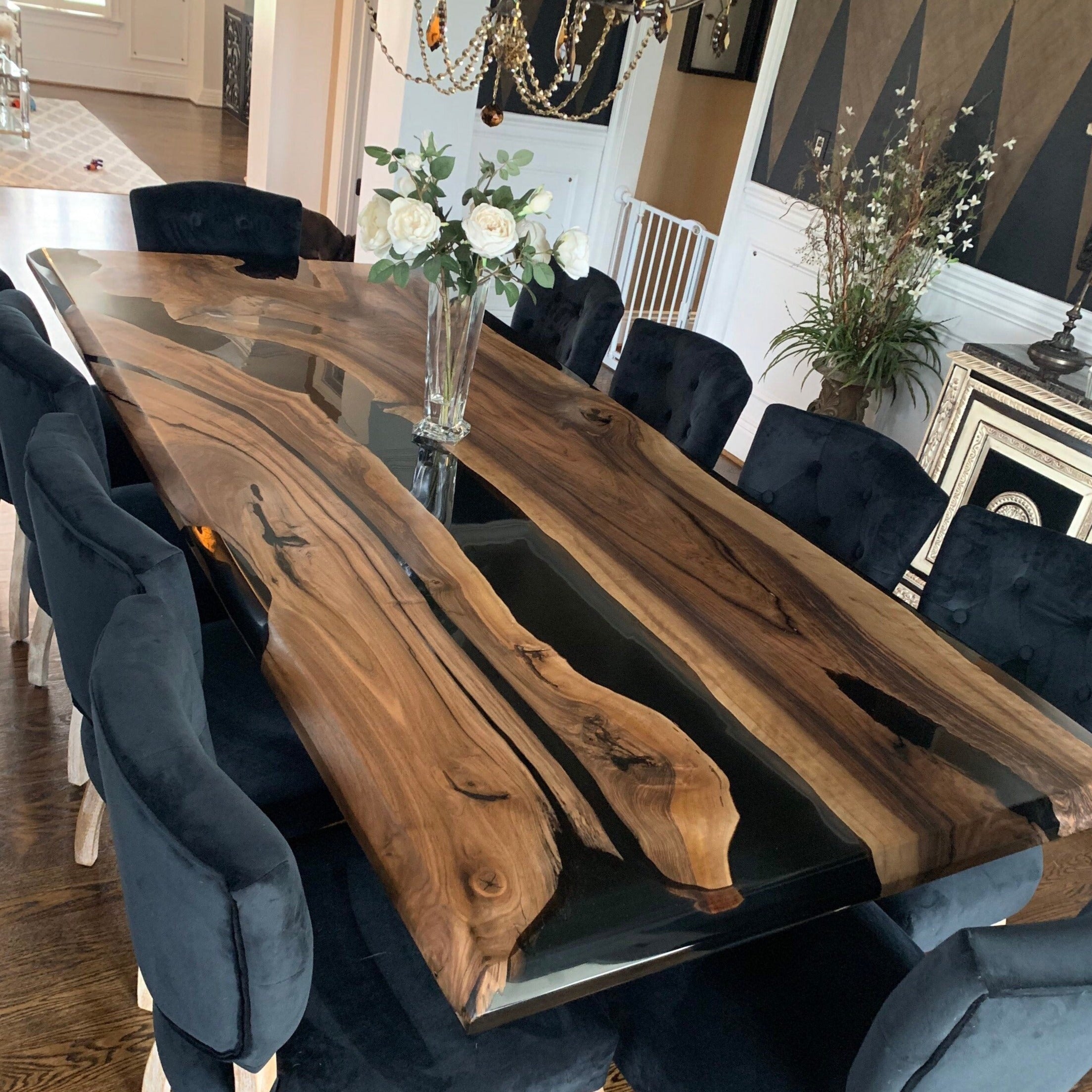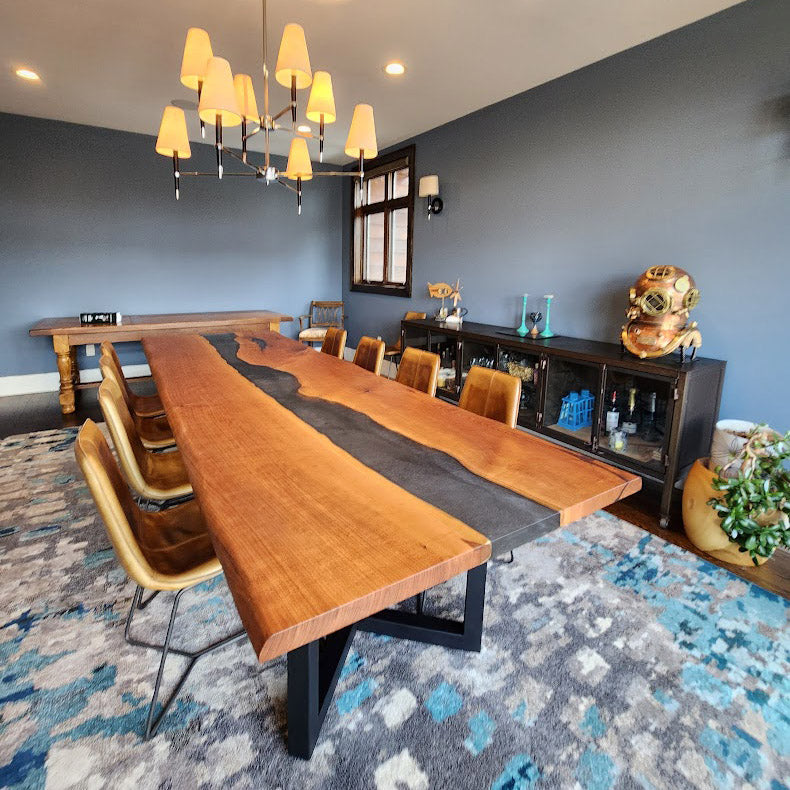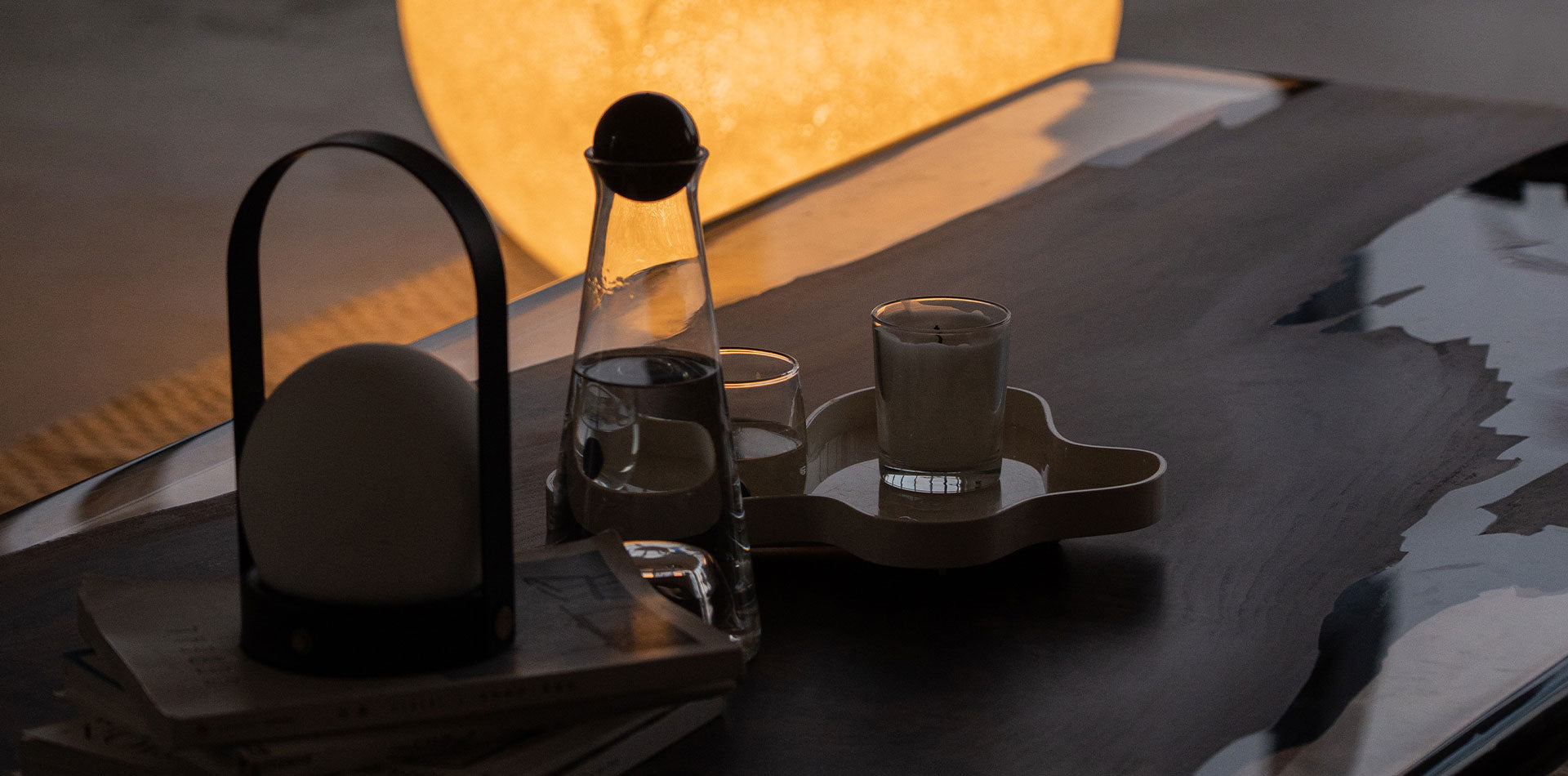
Answer: No.
Epoxy resin is renowned for its durability and gloss when used to coat tables and other surfaces. However, its heat resistance may vary depending on the formulation and quality of the epoxy resin.
Commercially available epoxy resins typically can withstand temperatures up to 150 degrees Fahrenheit (65 degrees Celsius) before they begin to soften or damage. Some high-performance epoxy resins can withstand higher temperatures, but this is not standard for all types.
If you are considering placing hot dishes on an epoxy resin table, consider the following precautions:
- Temperature Threshold: Be sure to check the manufacturer's specifications to understand the maximum temperature that a specific epoxy resin can withstand.
- Direct Contact: Avoid placing very hot items directly on the surface of the epoxy resin. Hot pots, pans, or plates may create heat marks, cloudiness, or even indentations in the epoxy resin when it softens, potentially damaging the finish.
- Use Protection: It is advisable to use trivets, placemats, or other protective items under hot dishes to safeguard the epoxy resin surface.
- Extended Exposure: Even if brief exposure to heat does not damage epoxy resin, repeated or prolonged exposure over time may lead to resin damage.
- Curing Time: Before placing any hot items on epoxy resin, ensure that the resin has fully cured. The curing process may take several days to weeks, during which the surface may be more susceptible to heat.
Crafted with precision and attention to detail, each Kazanahome Epoxy Table is a one-of-a-kind creation, showcasing the inherent uniqueness of the wood used in its construction. The epoxy resin not only adds a glossy sheen to the surface but also serves as a protective layer, enhancing the table's longevity and resilience to daily wear and tear.
If you are unsure about the heat resistance of the epoxy resin table, it is best to proceed with caution and protect the surface from potential heat damage.










